My palms stretch toward the sky. I whisper, “Love, Love, Love…” for 15 seconds.
“Pink elephants,” I continue. “This means anything can happen. Infinity can happen.”
I’m melting into a pink chiffon boa as I slip into a ketamine-infused dream state. I bring my hands to my heart. “I don’t know what I’m doing right now, but I feel my power,” I say. This is according to notes taken by Amanda Edwards, owner of Innate Integrative Medicine, during our session. She is a licensed clinical social worker as well as a sex and intimacy coach.
Psychedelic therapy has been steadily re-emerging over the past decade as a way to improve the lives of those struggling with mental health. Stories of renewed perspective and life-changing results have bolstered the trend, with healthy people from all walks of life coming to grips with the challenges of everyday life.
When the founder of TOMS Shoes pledges $100 million to the Multidisciplinary Association for Psychedelic Studies (MAPS) to conduct research, and celebrities like singer-songwriter Halsey proclaim ketamine infusion therapy helps reduce stress and anxiety and combat depression, it’s no wonder the substance has become the rising star of the psychedelic renaissance.
After an experience with ayahuasca, a plant-based psychedelic brewed into a tea, TOMS Shoes founder Blake Mycoskie felt “changed,” experiencing a relief he had felt with no other therapy, he said in an interview with MarketWatch. “It cracked me open, and it connected me more to my faith in God, made me feel that we were all connected and everything was fine and perfect,” he said. “It’s important that people like myself put their name out there and their money out there to show that this really is a path forward.”
Singer-songwriter Ashley Halsey said on the podcast SHE Md, “It helped to process really difficult thoughts and feelings in a way where I felt really safe.” It also helped Halsey cope with chronic pain and postpartum depression.
With the first session, “a lot of trauma can come out,” says Dr. Wayne Scott Andersen, “and the first sessions can be scary.” Anderson, known as Dr. A, says that during the first session, “a lot of trauma comes out…a lot of people get scared and don’t want to do the second one, but by the third session they start feeling better and better.” This is why doing a minimum of three to six sessions is recommended by most practitioners.
Hasley said there can be fear about using psychedelic drugs, that “you’re gonna lose yourself,” but she really wanted to stress that “she still felt like herself” after the sessions.
As a fast-acting antidepressant, ketamine has long been a drug of choice and doctor’s favorite, used regularly in emergency rooms since its Food and Drug Administration approval as an anesthetic in 1970, explains emergency room Dr Darragh O’Carroll in an article for Vice titled “Why Ketamine Is The Best Drug On Earth.”
But ketamine has recently reached new heights of public awareness. One of the most famous current users is Elon Musk, of Tesla, SpaceX and DOGE fame, who told journalist Don Lemon that he has a prescription from “an actual, real doctor” and finds the drug “helpful for getting one out of the negative frame of mind.”
On the darker side, last summer the news was filled with reports on the overdose of actor Matthew Perry, who was receiving ketamine-infusion therapy. Carla K. Johnson of the Associated Press reported, “prosecutors said the actor turned to other sources when his doctors refused to give him more doses.” The dangers of buying the drug outside of a clinical setting is that it is difficult to know how pure or cut the ketamine is, O’Carroll writes.
With growing interest in ketamine, private practices that offer a safe clinical setting for those seeking to try this experimental medicine are popping up across the United States.
The owner of the cozy Live Oak office and therapy space where I went for my ketamine-assisted therapy session is Amanda Edwards. The clinic—Innate Integrative Medicine—opened in 2021, one of the first of its kind in the region. Amanda Edwards is a licensed clinical social worker with more than 20 years of experience in various fields, from substance abuse and recovery to domestic violence. She works in collaboration with Prentice Steffen, MD, who spent three decades working in emergency departments and now oversees the administration of ketamine doses for the sessions at Innate. Steffen and Edwards met through the alumni network of the Psychedelic Research and Training Institute (PRATI), where they were both trained.
Edwards takes a multidisciplinary approach to healing and coaching, integrating breathwork and a connection to one’s body and nature. “My work with clients during the medicine journeys—and in our pre and post sessions—are highly informed by somatic therapy,” says Edwards, explaining that she’s referring to the process of “dropping into the body” and “tapping into the wisdom” inside yourself. The point is to calm the chatter in your mind, she continues, “—and coming back to feelings are feelings, and desires are desires. And they don’t have to be rational.”
The “treatment arc”—as Edwards and Steffen term their methodology—entails a two-hour prep-session, typically followed by three medicine sessions with ketamine. Ideally, the sessions are carried out once a week for three consecutive weeks. Each medicine session is followed by an integration session with Edwards the following day.
You start off with a sublingual dose to allow the body to ease into the dose, swishing it around for 12 minutes. You are then given an intramuscular injection in your deltoid, allowing quick absorption. The ‘journey’ lasts up to two hours, during which you are lying down, eyes covered with a mask, and immersed in a curated soundtrack created by practitioners who are also familiar with ketamine.
Being immersed into a ketamine-infused psychedelic state creates new neural pathways that can lead to change and relief from trauma or PTSD. Ketamine is said to quiet “that part of the central nervous system that worries and frets,” according to documentation available for clients.
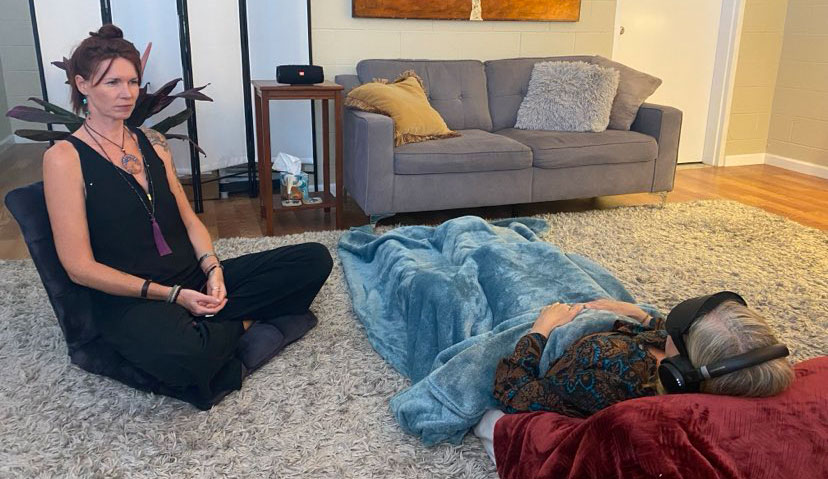
My Personal Trippy Trial
I might’ve felt more prepared for my journey had I first read Michael Pollan’s How to Change Your Mind, in which he documents his use of psychedelics. His observations about consciousness while on psychedelics have sparked interest in the intellectual world about their potential use to gain insight into, as he puts it, “what we don’t know we know.”
The first step for me was to undergo a prep session. As Edwards explained to me, the purpose includes “expectation management” but primarily is the time for the client to set intentions for their therapy. One’s medical and psycho-social history is reviewed during the medical intake with Edwards and Prentice, and clients are screened for any schizophrenia in their family. Seeing as how my time to prep was limited and I hadn’t initially intended to do ketamine therapy, my main intention for this experimental session was to come to a deeper understanding of the inner workings of this trendy chemical.
I was briefed on the administration of the first intramuscular dose possibly followed by a second dose after 20 to 25 minutes if the client does not seem to be at the optimum level of dissociation. At the time my headphone was lifted off of one ear to ask if I would like a second dose.
I remember somewhat acknowledging it but only recall grinning. Up until this moment, I was floating in a pink fluffy world of cotton. As I look down at my hands, I see oversized, octagonal incredible hulk fingers, also pink. I talk out loud, describing my visuals to the therapist, who had told me she would be taking notes. I improvise a very positive song. I seemed to have immersed myself into the poster of Nan Goldin’s film All the Beauty and the Bloodshed—floating in her fluffy pink feather boa.
The second dose is administered and takes effect, I am no longer light and in a fluffy pink decor, but in total darkness, the sky above me. My position in reality is a reclined position on the ground. I begin to feel that “oneness with the universe” that others have described on psychedelic trips. However, this warm feeling dissipates and I then feel very alone and anxious as I grasp to understand where I am in the universe. Having no interaction from the physical realm, my eyes covered by a mask, a curated music experience melting through the headphones, I had nothing recognizable from the real world to connect to. Nothing to ground me in the familiar. I may have experienced the famous “ego-death” described by others in their psychedelic journeys, but this oneness with the Earth was not a happy feeling. Rather, it was overwhelming.
Funnily enough, I saw no one else in my dark world where I was lying down. I heard no other voices but my own, and was attempting to figure out why I felt stuck.
I assumed I was the Earth, a feeling that I was it in its entirety, but then I felt more as if I were the pistil of a flower. I was linked to the skin of the universe, the space and sky, and I was the one breathing life into the universe. I was overwhelmed by that feeling and confused as to my connection to life or death, or even the universe. This may be what is described as the k-hole, when one is unable to move—the dissociative aspect—and in my mind, I could not get out, and I didn’t know what was going on, and had no idea who I was. Was I even human? I felt the pressure of having to breathe life into this dark universe to be an overbearing task and was feeling exhausted by this feeling. I was grasping at a way to get out. I then remembered one thing from real life. The mind is in control. The mind is powerful and can create realities. Ah, so then I could change this one. Whew! That’s how I got out.
For me, I was too far gone into a fantasy world of unknown existence to really participate in this new point of view. It was existential to the max…I thought I was dying (compared to what many experience when taking DMT). I felt very alone, as there was only the dark star-studded sky and me that I could see (in my mind, that is). No voices. No real feeling of “oneness” aside from feeling completely alone and anxious. Not fun.
Hero’s Journey
I will say—I could have avoided watching The Matrix the night before. I thought it would put me “in the mood” for my trip. Screen time had been mentioned but I hadn’t taken it seriously, or thought too much of the subject matter. Oops. My bad.
Edwards says when a patient is struggling or feeling unpleasant, she tries not to interrupt the treatment. The challenging experience can help the tripper on her own move to a better place—“the hero’s journey,” in her words. I can go with a more spiritual take and say I had an ego-death with a messianic twist. After all, if it was me that was breathing life into the universe all on my own.
From the therapist and doctor’s point of view, this is my personal journey and it was up to me to deal with my inner thoughts and visions and find a way out of wherever it is I was. It is all part of becoming “unstuck from circular repetitive thinking and releasing old patterns so that other voices can be heard,” explains Dr. Steffen.
At the introductory session, Edwards and Steffen discuss the importance of the process and work following the psychedelic journey, commonly called “integration.” It’s a way to stay connected to the lessons of the trip when you return to daily life.
Ketamine therapy may not be for everyone, but this may be a telling example of why some should undergo several ketamine sessions over several weeks—a method called “stacking”—as you begin to better understand the power it holds to allow your mind to change and process trauma or change depressive thought patterns.
In reflecting on my journey, I did not feel that I had any great revelations on my life or past trauma, but I did manage to assign some meaning to that overwhelming feeling I had during my session. (In the journey I was ‘breathing energy’ into the universe and feeling completely depleted and overwhelmed.) The takeaway from the ketamine session was that I was moving in the right direction in my life, energy-wise—in deciding to focus more on myself and my personal journey than on people who did not add to my life, give back, and help me grow.
“From the biological perspective, ketamine produces a cascade of effects that are beneficial for short and long-term repair and flourishing of the cells, neurons and synaptic connections that healthy, balanced brains need,”says Eric Brown, author of the article “Why Ketamine Is An Effective Treatment for Depression.” Brown is program creator at Mindbloom,a telehealth platform that offers ketamine therapy via home-delivery in 30 U.S. states.
Medical doctor Scott Shannon, in an article titled “The Culture of Psychedelic Medicine,” writes that medicines like ketamine “carry the capacity to catalyze an inner healing process. That unique power imbues these medicines with a sacred quality.” The inner healer accompanies the voyager in their experience. “The mindset is one which poses the individual as having the power to heal itself with the help of the medicine which can initiate this healing process,” Shannon writes.
Unlike conventional psychiatry, which “has ignored our ability to heal and has focused instead on prescribing medications that limit our distress and mute our experiences of suffering,” Shannon writes, psychedelic therapy “has been showing positive results as a more integrative approach.”
In the late 1990s, I recall an antidepressant-frenzy taking root at UCSC, where I was a student. Everyone seemed to be in a daze, with their new stress meds taking effect. This diagnosis could be made in as little as one session with an on-campus psychiatrist. However, this conventional blueprint for treating mental illness is now fading. Some critics say pharmaceuticals like Xanax and Adderall are merely treating symptoms rather than getting to the root causes of mental instability, while for others their depression is “treatment resistant”—meaning that classic pharmaceuticals do not seem to improve their mental health.
Practitioners like those at Innate have been looking for alternatives to this conventional psychiatry. Their integrative approach to health and well-being is a development in the use of psychedelics in an assisted therapeutic mind-altering experience in hopes of gaining insight into one’s life. The idea is one of “cultivating that confidence in trusting your body and listening to those sensations. What are they trying to tell you, and how can you follow them?” says Edwards.
For the long-term durability of ketamine therapy, it is recommended to do more than one session, and through a series of treatments “stacked” or placed closely together, the aim is “to build up a solid foundation of the substance in your system,” explains Leonardo Vando, MD, a Board Certified Psychiatrist and Addiction Psychiatrist at the forefront of clinical research on microdosing for mental illness. As regards the telemedicine route, there can be greater risks if ketamine “is taken chronically in high doses, which can happen when it’s taken at home in an unsupervised manner. It can cause severe bladder damage,” said Lantie Elisabeth Jorandby M.D. in her Psychology Today article, “Update on Ketamine via Telemedicine Delivery.”
Maybe the biggest downside of all is that there is virtually no data on the long-term health effects of taking ketamine daily or every other day, as many who get it delivered via telemedicine do. (Many people receive their monthly dose of lozenges or tablets, take more of the medication each day than is prescribed, and run out early.)
“Microdosing” ketamine can be an option for those not comfortable with a full dissociative experience and who prefer not to experience a psychedelic journey. Microdosing is when a smaller portion of the drug is taken to experience a milder effect of the “high”—in the case of ketamine, giving one a euphoric mood, without the heavy feelings, complex thoughts or visuals that one can experience with higher doses.
It can provide subtle therapeutic changes that may improve mental health and motivation, although it may take more time to work than full doses. However, some clinics like telemedicine company Mindbloom believe that microdosing does not provide the insight and depth a full ketamine dose will offer to clients.
Ketamine has a clear dose response curve, so people can dial in the type of experience they would like to have: mild, verbal, and lightly dissociated (somewhat like peyote); moderate, some verbal capacity but mostly gone (more like psilocybin); high, non-verbal and totally disconnected from this plane (similar to DMT).
But as ketamine gains popularity—and many patients claim life-altering benefits—others have questioned just how effective this new treatment option really is.
In a 2023 NBC health news report, Dr. Smita Das, associate professor at Stanford University School of Medicine and chairwoman of the American Psychiatric Association’s Council on Addiction Psychiatry, expressed concern with these new clinics where “people are getting treatments that haven’t been well-proven, well-studied or following any guidelines.” Das said that she was concerned that “people who need treatment will spend their money and energy in these ketamine clinics that aren’t well-proven.”
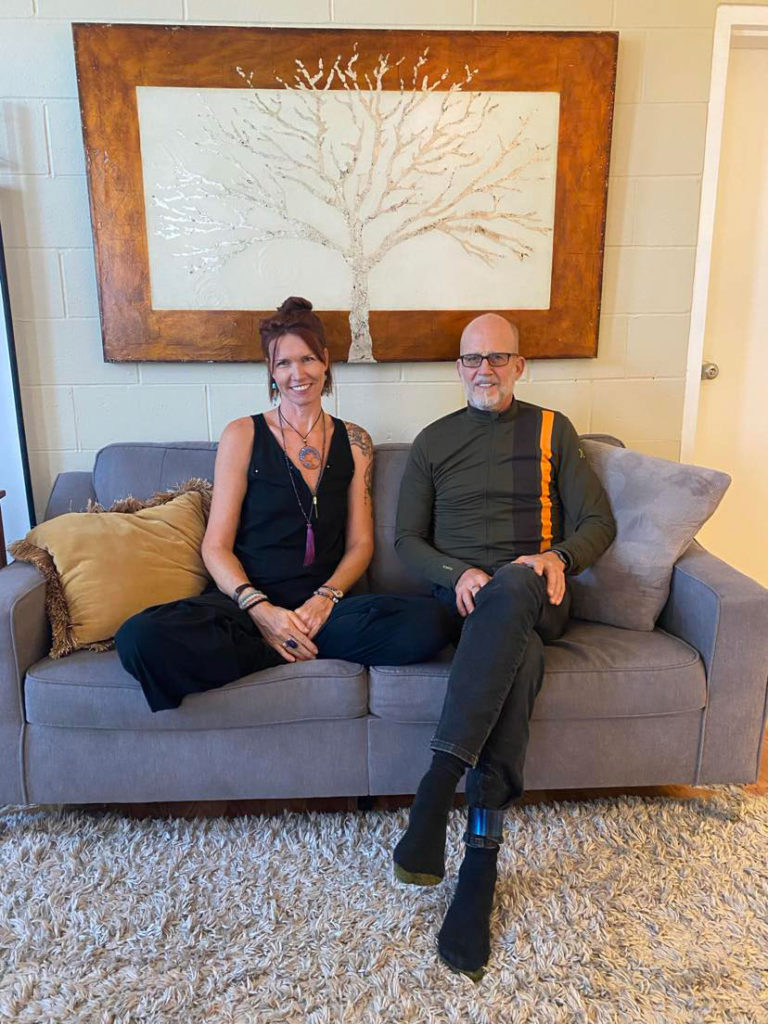
Price Points
Considering the effects are short-lived, ketamine isn’t cheap. Depending on the treatment approach, costs per program or session will vary with ketamine infusions ranging from $400 to $2,000 per infusion, (and three to six recommended sessions at most clinics), and a one-month supply of the FDA-approved intranasal spray Spravato, averaging $800 for a 1-month treatment, according to a 2023 article by Rebecca Hill of Zinnia Health.
Cheaper variations exist, like the home kits ordered online at Mindbloom, or other telemedicine health clinics, and are delivered to your door. Their initial program consists of six sessions of oral ketamine tablets, averaging $418 per month, and are recommended for three months.
As is often with the emergence of health trends, ketamine therapy falls short in its universality with its high price point. Depending on the mode of administration, treatment prices can range from $50 per dose through a telehealth clinic to in-house assisted therapy at $1,200 per session, or more.
The high price point leads many to “opt to save money by buying ketamine on the street,” claims Hill. From one of my sources interviewed for this article, it runs $70/gram, so about $25/ a pop to microdose.
To that point, I spoke with a Santa Cruz local, a single father in his late 50s who has been taking ketamine for two to three years. He discovered it through a community of like-minded individuals who use the substance for its mind-opening and healing qualities and a general enhanced feeling of well-being. He preferred to remain anonymous to protect those in his community—as well as himself—considering that recreational use of ketamine is not legal.
When I ask him if he would recommend it to his college kids, he replied that he had actually microdosed with his daughter for her first experience and it had allowed them to connect on a deeper level. “We were backpacking by a river, and she started talking about her life and really opened up about topics that I’ve never discussed with her. She talked for an hour straight,” he recalls.
In his opinion, marijuana was holding him back, and ketamine was very beneficial for his life. “It has helped me in my connections with people and allowed me to be a ‘time traveler.’ It allows you to connect with the past which I feel is unique to psychedelics,” he explains. “It’s not a particularly visual high, but it’s more profound in your mind, and you can tune it like a knob. After these experiences, I have the stories (lived during my high) that have influenced my life in a significant way,” he expressed.
I interviewed another local ketamine proponent, a 40-year old mother in the throes of divorce. She also requested anonymity, concerned her ketamine-use could be used against her. As she navigates a difficult divorce, she reserves time once a month to slip into a ketamine state in the confines of her home. She invited me to observe her during her 2-hour session.
An intention is set beforehand, breathwork is practiced throughout, and each session is followed with a journal entry that will help her—the voyager—track her emotions and insight, she explained to me. Eyes covered and a personally curated playlist, she lets the lozenges—also called “sublingual troches”—melt in her mouth, retaining the spit (the hardest part) until it’s time to spit it out and let the medicine take effect. This self-administered ketamine therapy has helped her manage her stress and find inspiration and positivity moving forward.
“It allowed me to see what I already knew in my mind, but for some reason that reality was blocked. The truth was there all along, I just wasn’t facing it. The message was clear: ‘this is not going away, this is what’s here and you need to deal with it.’”
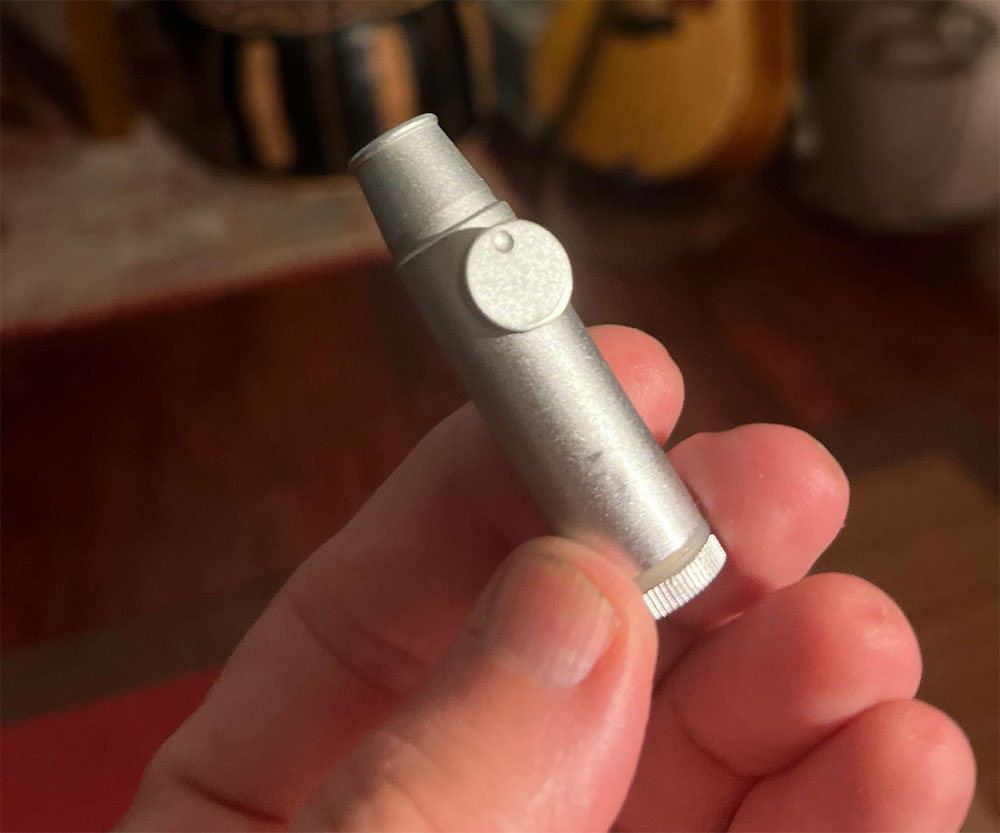
Silver Bullet
The rapid onset of its effects and its relatively short durability—30 to 60 minutes—have made ketamine stand out from other psychedelics as a more controllable substance, and this aspect has catapulted it into becoming a popular party or clubbing drug. “The best way to deliver ketamine in my book is a bullet, a little metal cylinder that has a knob on it,” explains the local father and ketamine user who preferred to remain anonymous. “If you use a bullet you have constant dosage…and do it anytime you want. It takes about 30 seconds to do,” he explained.
Note: one use of a snuff bullet is 1/4 of a full dose, he explains. This helps with micro-dosing—as opposed to when a much larger dose is taken when administered in a clinical setting. “People talk about knowing what they are taking when they do lines, and you can judge it by how often they fall down,” he says with a chuckle. This is why it is important to be in safe surroundings, and also not to drink alcohol when taking ketamine as it further inhibits one’s awareness of the body, and obviously slows reflexes. Definitely not recommended to drive on it, or attempt to do anything involving heat or fire.
As we search to escape the malaise of the modern world and our own minds, growing interest and funding in psychedelic therapies for mental health has allowed ketamine to gain ground as a viable therapeutic drug when used in a medically assisted context.
With the evolving landscape of psychiatric care, could it become the new antidepressant?
Maybe we’ll find ketamine-assisted therapy lounges at airports for those who have a fear of flying, or doctors will prescribe you three ketamine-assisted sessions to process your break-up. Psychedelics are not for everyone, or so we thought. Maybe it’s all about the intentions you set for your session, the dose, the playlist, and the setting. The new question may be: who will be your guide? A shaman, a therapist? Or will you go the do-it-yourself route,with a supply you order online, including a self-monitoring safety kit, 24/7 access to live chat guides, a journal, eye mask, playlist and headphones.
Lucky for us Santa Cruzans, this beachy paradise on the Pacific Ocean remains a place of healing at the forefront of experimentation in alternative healing and spiritual growth, a place to wander and explore in and outside of our minds as we make our way to enlightenment.



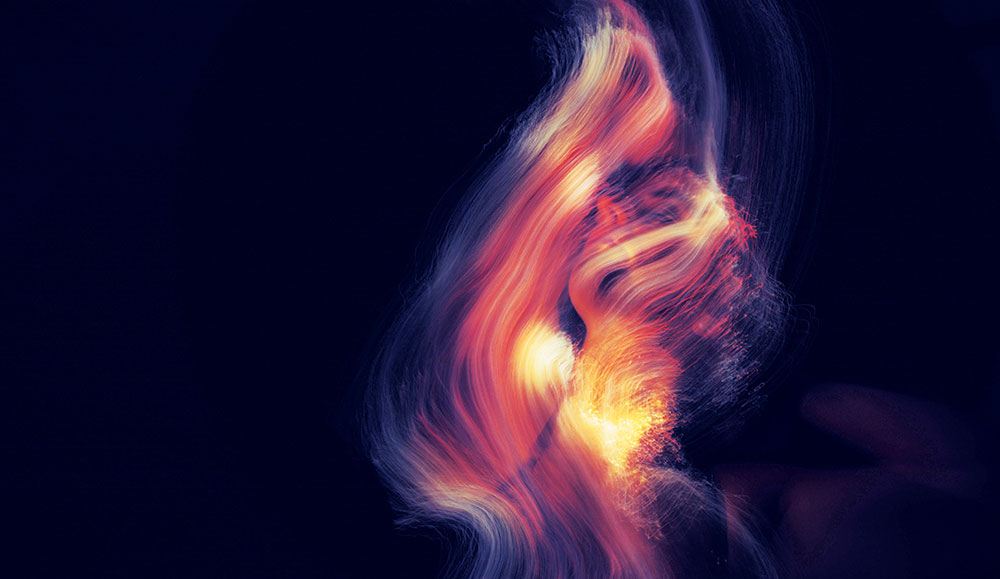



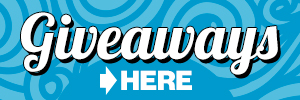
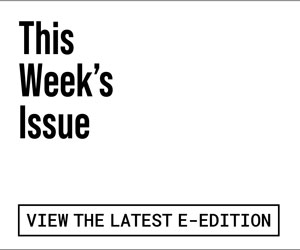






Nice article! Good to know all these details as it is definitely a big topic of discussion around here in SC..
Enlightening and informative read on the use of micro-dosing ketamine … still a very taboo subject, so yeah, it’s essential to delve in deep …sounds like this could really work for some, providing the right environment and proper dose are respected.
I have found it incredibly useful it handling my depression and anxiety. I did a series of supervised sessions (“stacking”) three years ago and have had a doctor’s prescription where I do self-administered sessions twice a week (not quite as heavy as the initial ones but enough to put me in a seriously altered state.)
It can be addictive, however. My 30-year old son ended up using it recreationally several times daily–lost his live-in partner, his job, his group house, and some of his cloest friends. (He has since quit, but it was pretty scary for awhile.)
Excellent article. Lots of folks are talking about ketamine and wondering about it. This is a better summary than I found when internet searching.